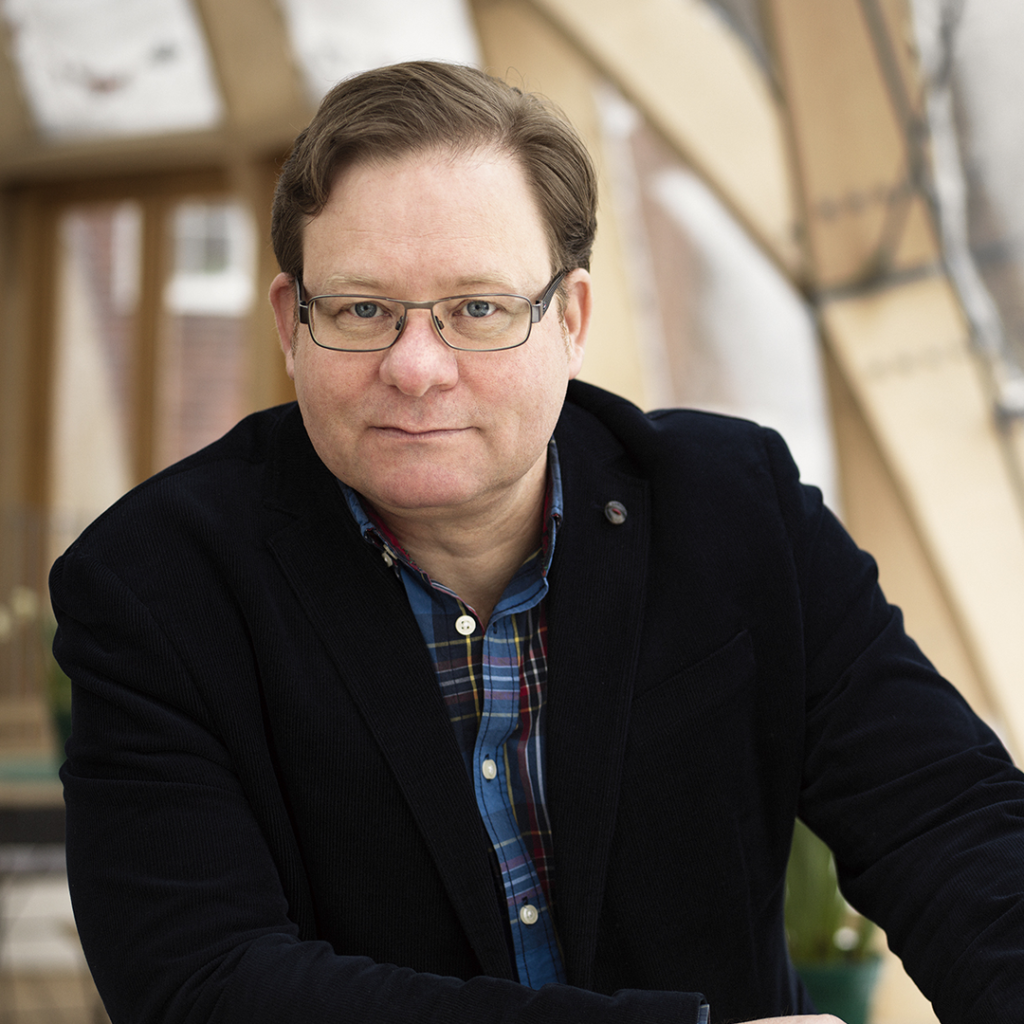
KTH Royal Institute of Technology in Stockholm appointed Martin Erlandsson, Life cycle expert IVL Swedish Environmental Institute as adjunct professor of building materials with a focus on life cycle analysis methodology.
The aim is to break new grounds when it comes to research in sustainable construction with a focus on renewable building materials and building systems. A strong driving force is the challenge of reducing the climate impact of the construction sector through increased resource efficiency.
– I am driven by research that can be put into practice and contribute to a more sustainable future. Therefore, knowledge of how to assess environmental performance with scientifically robust methods is an important part of my work and something I hope to be able to contribute, both in research and in education at KTH, says Martin Erlandsson at IVL Swedish Environmental Institute.
The position as adjunct professor is at the Department of Building Science at KTH and is supported by the industry organization Svenskt Trä.
It will increase research competence in environmentally friendly construction and life cycle analysis methodology, with a special focus on wood construction. In addition to strategic research, the position involves supervision of doctoral students and degree workers in wood-based hybrids, sustainability and life cycle methodology.
Environmentally adapted construction and life cycle analysis.
Martin Erlandsson has a degree in civil engineering in road and water construction and has a doctorate in building materials. At IVL, he has worked since 1998, primarily with issues in environmentally friendly construction and life cycle analysis.
A result of Martin Erlandsson’s previous research in the construction area is that the construction phase accounts for an increasing share of the climate impact compared with operations. For modern apartment buildings, the climate impact from building the houses can be as great as the houses’ energy consumption over 50 years.
He has also shown that it is possible to almost halve the environmental impact from construction with the help of changed material choices and known technology.
– Wood construction continues to take market shares and the entire construction sector is facing a major restructuring. Sustainability issues are one of several factors driving this development. The entire industry breathes optimism and a lot is invested to meet the increasing demand for various wooden building systems. From Svenskt Trä’s side, we are happy that we can contribute to these issues coming into focus at our large universities as well, says Mathias Fridholm, director of Svenskt Trä.
– One way to achieve climate improvement is to increase the use of renewable materials as wood-based materials. At the same time, materials such as steel and various binders for concrete will also be needed in the future, so even there you need to make climate improvements. There is a great potential to use different material combinations, where both environmental and other functional requirements can be met. This with hybrid solutions is a research field that I will continue to work with as part of my professorship and which is in line with other research that is going on at KTH, says Martin Erlandsson.
Martin Erlandsson has also been a driving force in the development of the tool The Construction Sector’s environmental calculation tool that can be used to calculate the climate impact from the construction of buildings from a life cycle perspective.
Another important research field for Martin Erlandsson is about biogenic carbon storage and carbon dioxide capture as well as subsequent carbon storage (bio-CCS). Both bio-CCS and CCS are important technologies for enabling negative climate impacts and are stated in the Paris Agreement as essential if we are to meet the climate goals needed. But before we resort to these technologies, emissions must be reduced as far as possible already in production.
– It is important that new knowledge leads to innovations and comes into use. Much of my work in this area is about market-related environmental issues and how LCA can be used in practice in procurement, says Martin Erlandsson.
Link to gathered research by Martin Erlandsson:
Accounting of biogenic carbon in attributional LCA – including temporary storage.
Martin Erlandsson, martin.erlandsson@ivl.se, +46(0)10-788 65 3007
